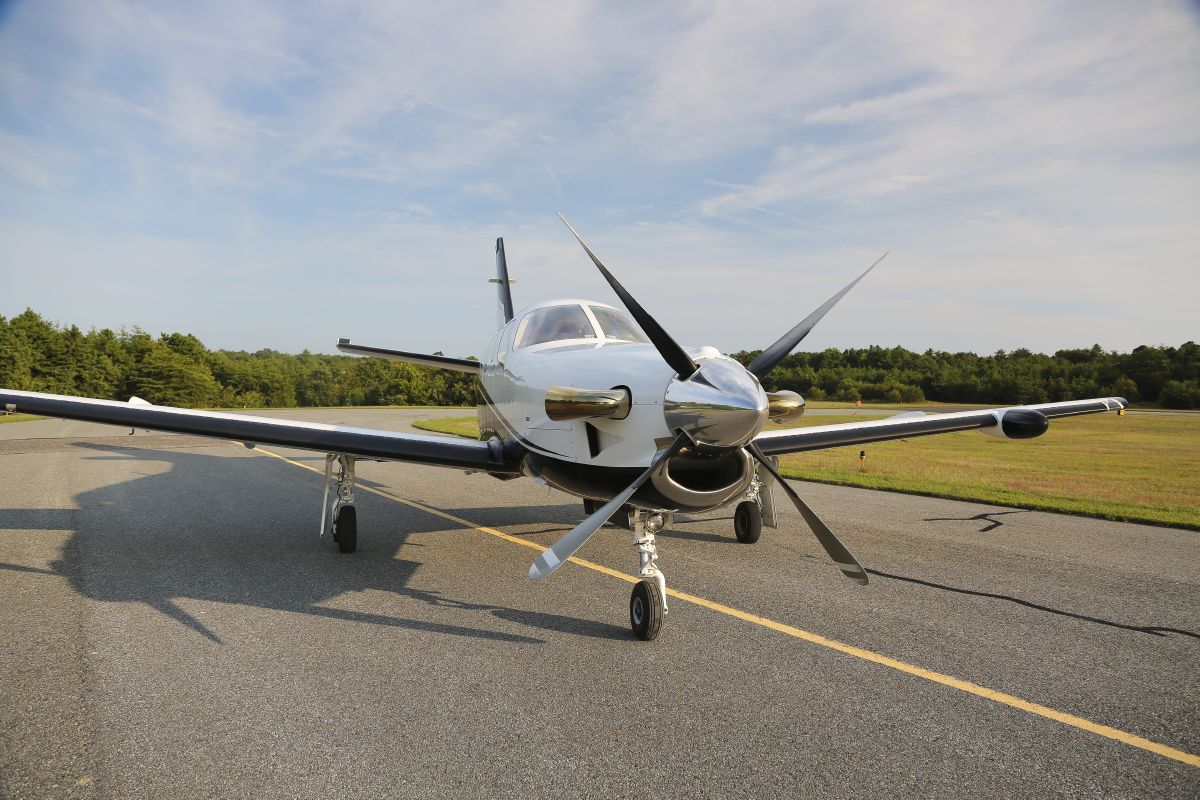Overview of Aircraft Loan Structures
12th April 2019
By Adam Meredith

The best way for an AOPA Finance expert to determine the right loan package for its members is to ask them the right questions, starting with, “What’s important to you?”
Most have the same answer: “The lowest interest rate possible.” From experience, we know they really mean “lowest rate possible for their specific situation”. Three questions help us frame their specific situation:
- What have you budgeted for a monthly payment?
- How long do you want to own this plane (and keep financing in place)?
- How much are you looking to put down?
How the member answers determines whether a fixed, floating or a hybrid financing structure fits best. Their financial complexity might require us to recommend an asset-based approach.
A fully amortized, fixed rate loan with the longest possible term might be ideal for somebody intending to own the plane for a decade or more. The risk is the interest rate locked in at the beginning of the term might be higher than the going interest rate at the end. But the trade-off in peace of mind knowing the guaranteed monthly note is compatible with one’s long-term spending plan makes the extra cost worthwhile. For example, for non-commercial use, there are lenders who will execute fully amortizing, fixed-rate loans with 15 or 20-year terms for turboprops still in production.
When it comes to length of ownership, many of our clients answer, “about ten years.” Data AOPA Finance has collected shows the typical length of ownership is actually no more than five. That’s why floating, balloon or adjustable rate (ARM) loan structuring might make more sense.
A floating rate loan has no fixed interest rate, while an adjustable rate (ARM) loan starts out fixed but then changes (to either a new fixed rate or a floating rate). Following the initial period, an ARM floats, based on a benchmark reference rate like the Federal Home Loan Bank (FHLB). The initial period is typically three to five years. Another term for an ARM is hybrid. In the current interest rate environment and forecasting into the foreseeable future, these financing packages can offer better savings compared to fixed rates with similar amortizations.
Balloons are another option; however, the amortization period is longer than the actual loan term. An example might be financing a turboprop on a five-year term with a “balloon” and a 15 to 20-year amortization. That package might work best for members who a.) are looking purely for the lowest rate possible, and b.) know they’re going to own the aircraft (and/or keep the loan) less time than the normal average.
Balloons allow the borrower to delay paying the principal until the very end, thus keeping the monthly outlay low. At the end of the term, the entire unpaid balance comes due. That small monthly note balloons into one large final payment.
Sometimes members come to us comfortable with the complex structures of floating or ARM financing, but the complexity of their own finances prohibits them from using those options. Take for example, a real estate entrepreneur who owns 30 different properties. Each property is a separate ownership entity. They have partners on some of these properties and are a majority owner, or half owner or some variation of percentage, across the entire real estate portfolio. Despite the positive cash flow, there are lenders who will not do a deal without them putting a guarantee on all the entities they have equity in, as well as a personal guarantee from themselves. Even if they aren’t restricted by covenants from doing so, the cost in money and time is frequently not worth it. The financial complexity surrounding their business might mandate a simpler, asset-based loan configuration.
In fact, asset-based deals can be further simplified if the client can increase their down payment. The more you put down up front, the more options lenders have available. A loan on an older airplane or one with higher-time engines becomes doable if the borrower can afford a higher down payment. Whereas a newer plane might be approved with a 15% down, 20-year amortization, the same situation for an older turboprop might go from “no deal” to “deal” with 30% or 40% down. Likewise, a relatively mainstream turboprop that has been produced in significant numbers might normally see a 15-year amortization. Without a larger down payment, older or rarer turboprops might cause lenders to shorten the amortization period, or even refuse to make the loan.
Jet financing has its own unique requirements which might also necessitate a higher down payment. That’s because the frequency of engine advancements and avionics upgrades as well as new products tend to render those aircraft obsolete faster than others. That’s why asking the right questions of our members allows AOPA Finance to give them the best picture when it comes to securing the best financing package for their unique situation.
Great rates. Great terms. Helpful and responsive reps. Three good reasons to turn to AOPA Aviation Finance when you are buying an airplane. If you need a dependable source of financing with people who are on your side, just call 800.62.PLANE (75263) or click here to request a quote.

AOPA Finance Team
Knowledgeable and friendly aircraft finance professionals you can trust to find the best terms for your financing needs. Our goal is to make aircraft ownership more affordable and accessible to pilots.